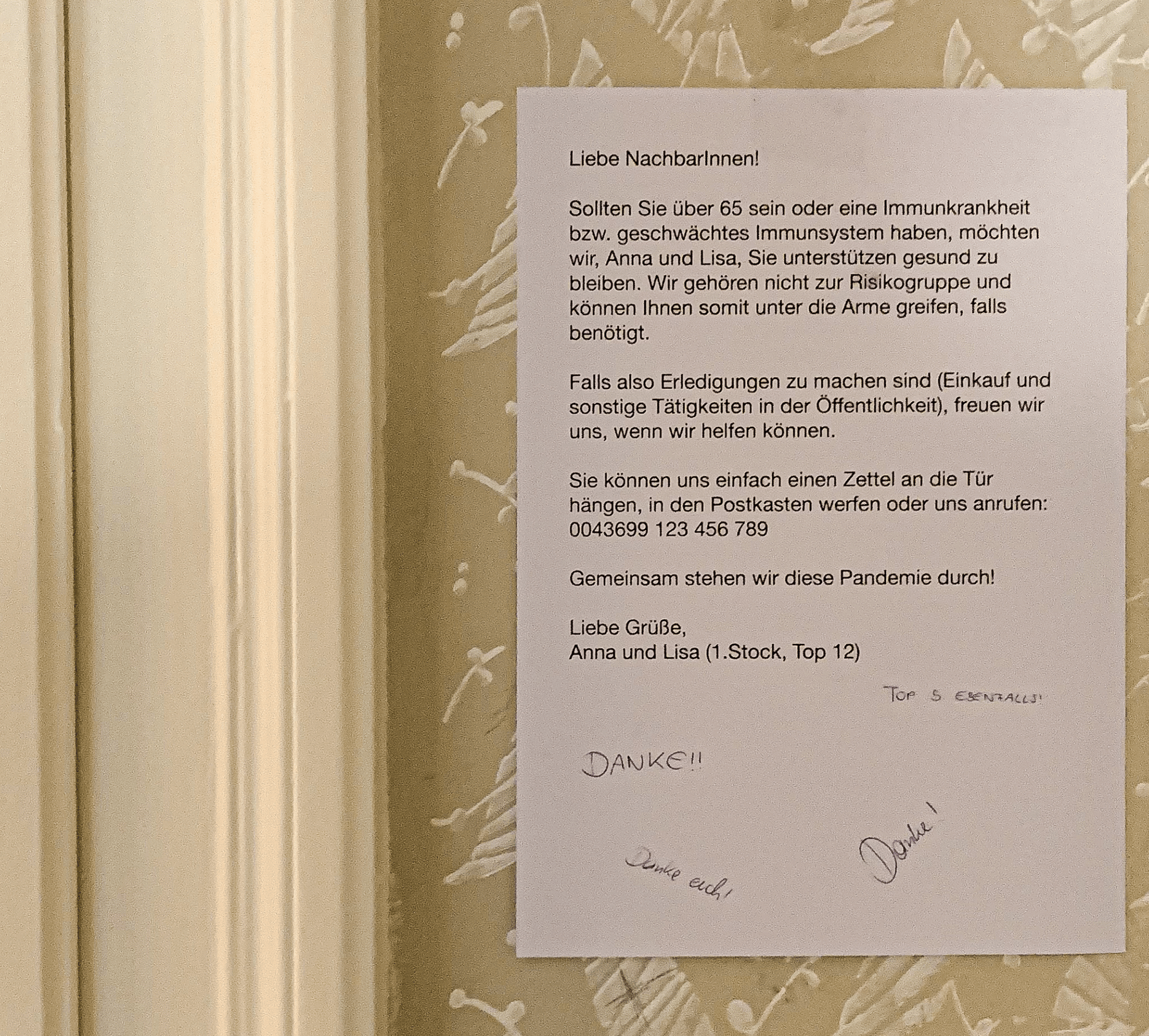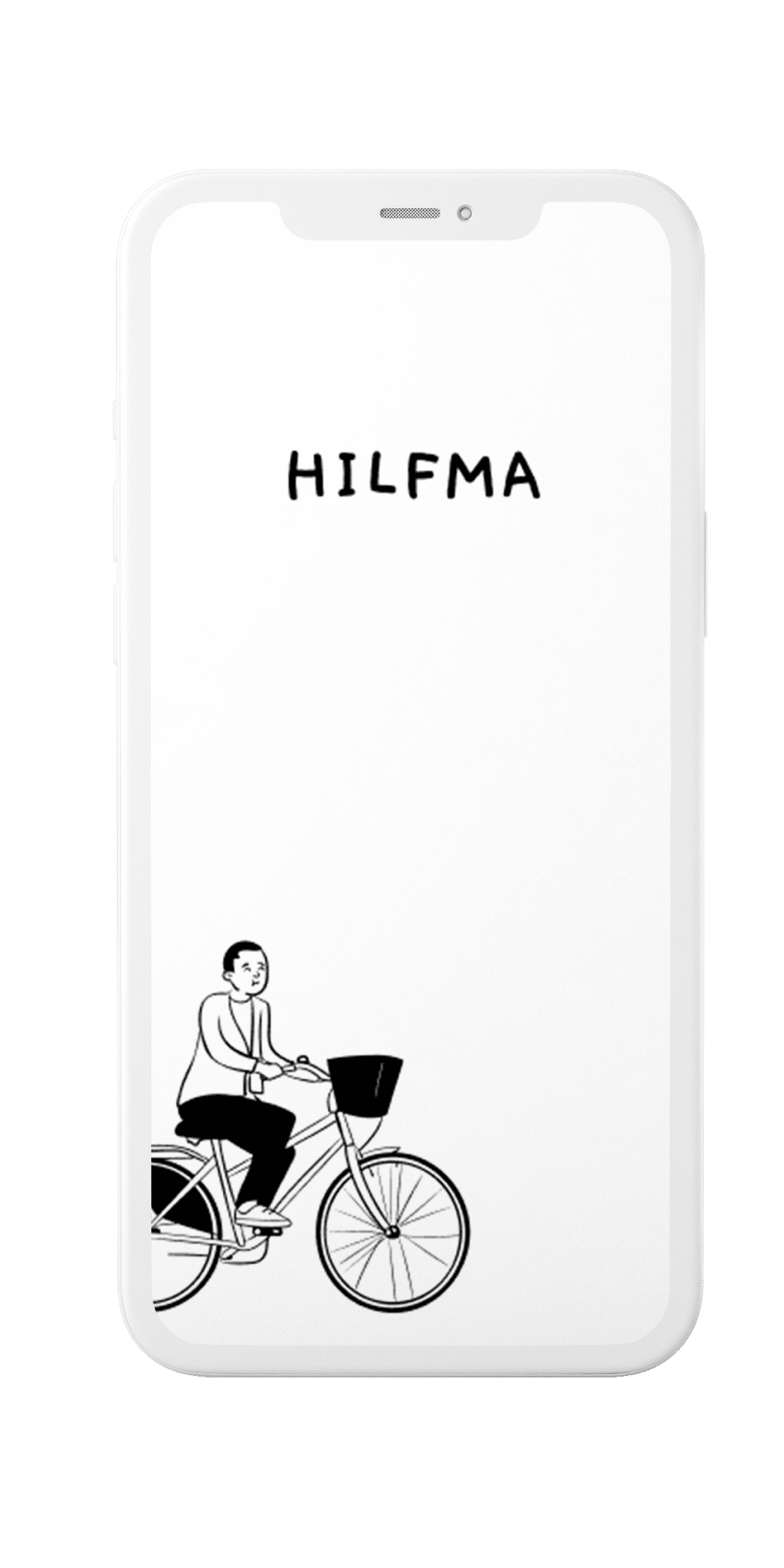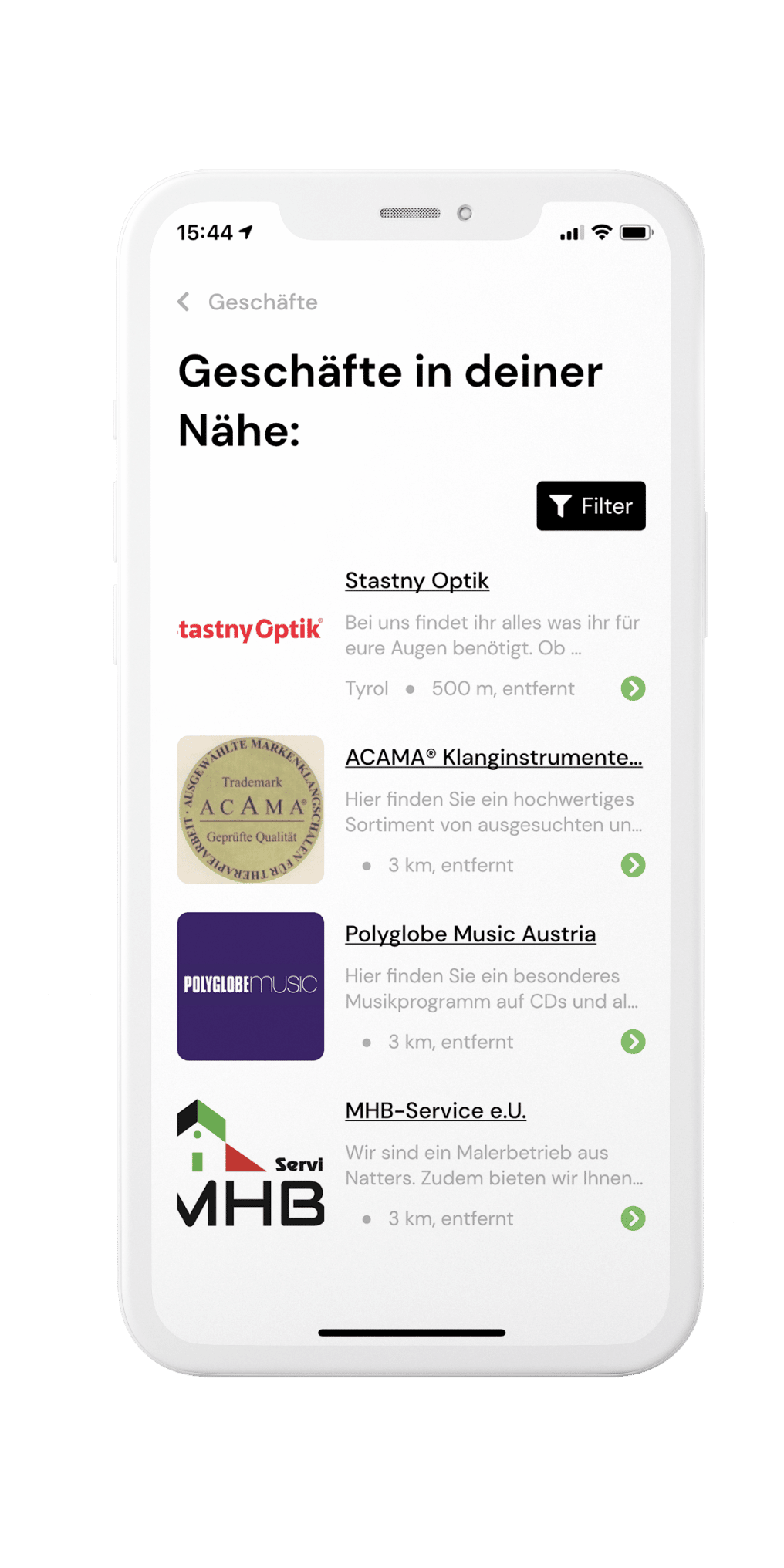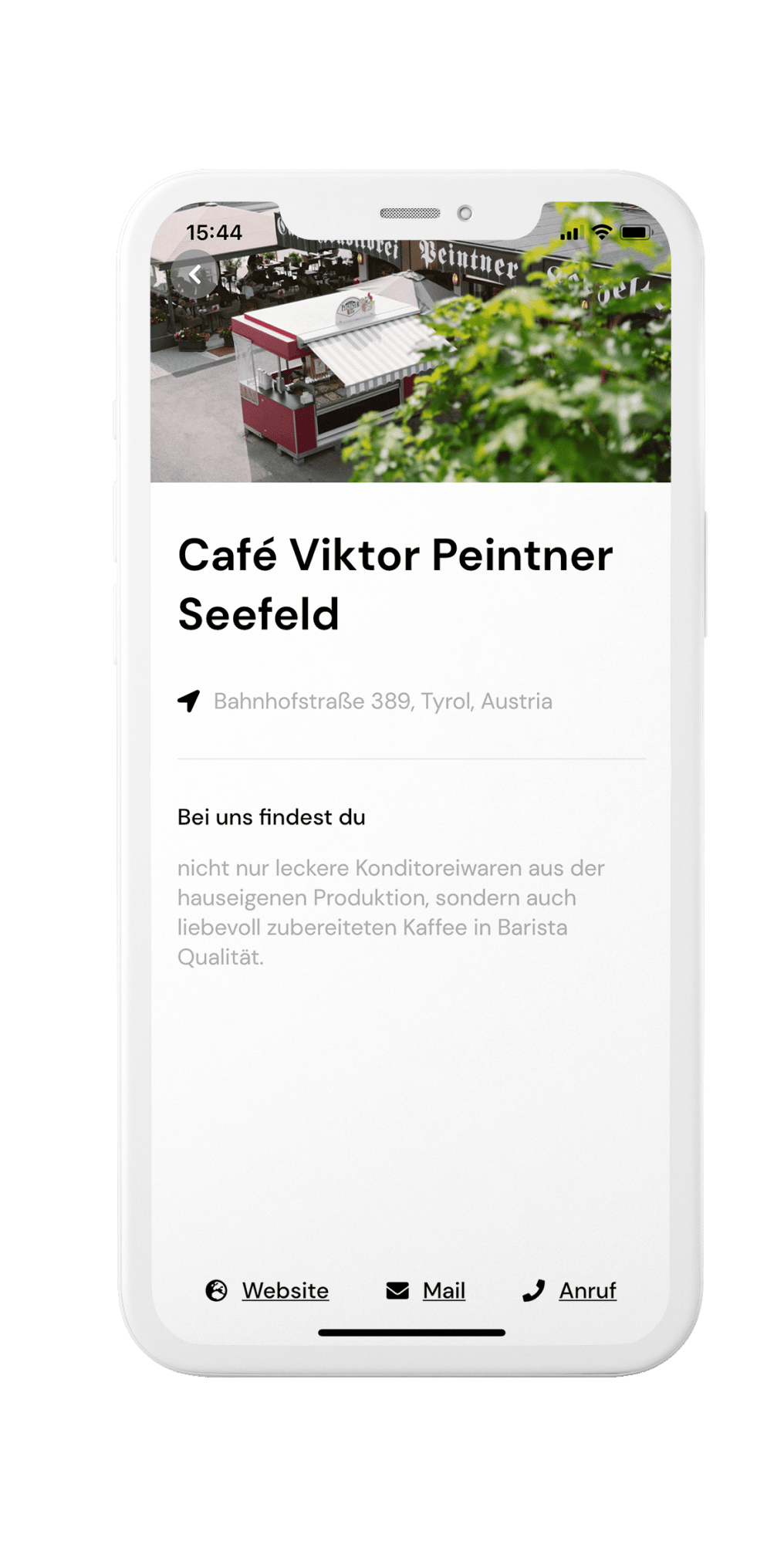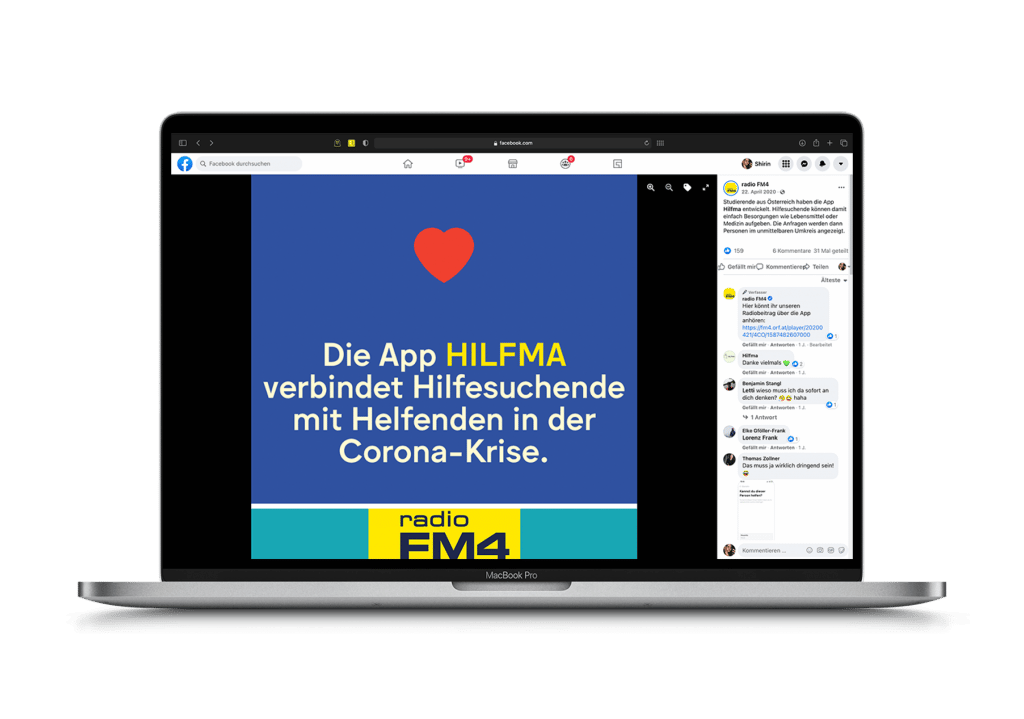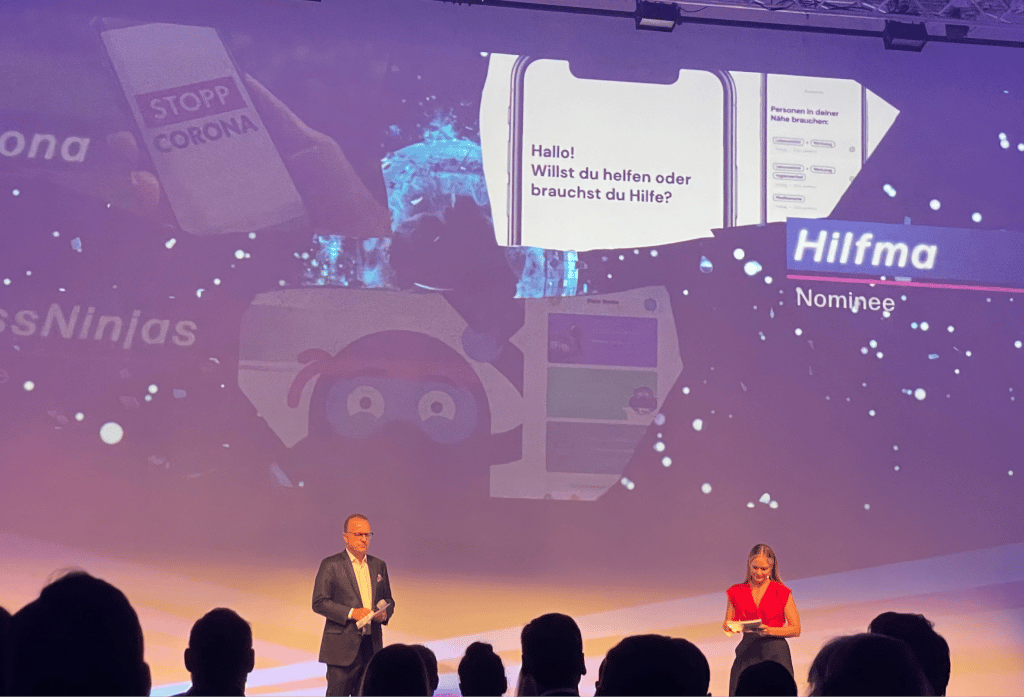

Hilfma
Helping people to help
Outline
Challenges
Flow

Agile Working
You’ve probably already heard of agile project management. At Dotbite, we work with Scrum, an agile development framework, because it worked out quite well for us in the past. We planned the development of the app in short periods, so-called sprints. As we wanted our product to be in a releasable state quickly, we decided to try for two one-week sprints. In the beginning, we sat down and discussed what we could realistically accomplish in a week, shifted the backlog items, and wrote the user stories. From then on, each team member knew what to focus on and what the outcome should be after each sprint. The entire team worked independently towards a common goal.
Although we have been using this method for years, Covid restrictions have made it challenging to maintain our usual workflow due to working remotely and holding online meetings. The first routine we established was a 15 minutes daily standup at 9 a.m., where each team member reported what they had accomplished the previous day, what they would be doing until tomorrow, and what tasks they needed help with. We learned that it’s vital to have someone on the team who always keeps an eye on the clock by reminding the team of the time limit (“5 minutes to go, guys!”) so that everyone gets to the point quickly and focuses only on the relevant topics. Agile project management is all about communication and enabling ownership within the team.
The entire team has the same definition of "done", works towards the same goal,
and helps each other to achieve the respective sprint goals.
Adrian, CPO

Ownership
We always push our team to take on ownership and give each individual the opportunity to be entrepreneurial in our company. This was even more important amid Covid-19. Now more than ever before, we had to trust and rely on each other to achieve our set goals quickly, but also with the high-quality standard, we expect our products to hold. It was an exhilarating and fun experience to see everyone in the team give more than ever while doing things they never did before just to reach our goals together.
Emir, CEO
Then we had to wait five days for the app to be released in the stores...





Tech stack
Laravel
Flutter

Firebase

Google Maps

MySQL
Connecting the dots
If Hilfma was the last thing we did as a company, we could have been proud. It wasn’t, but we’re proud nonetheless. In less than two weeks, we’ve built an app for iOS and Android, which is entirely free and has genuinely helped thousands of people in one of the most trying times in our lifetime. We’ve kept Hilfma simple, as everybody should be able to use the app. For people who still struggle with using applications on phones, we added the possibility to ask for help for others. This way, people can ask for support for family members who don’t live anywhere near them.






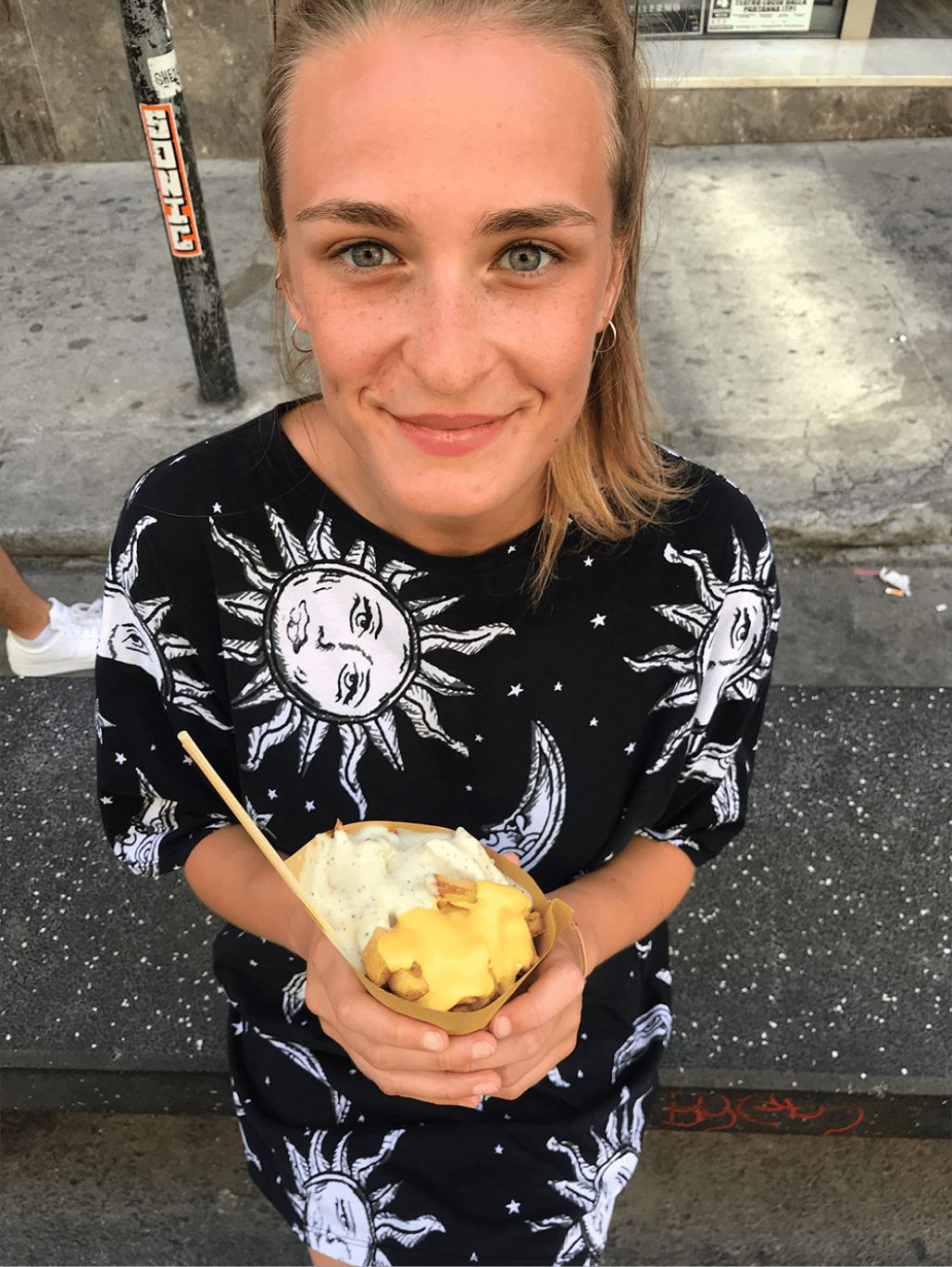





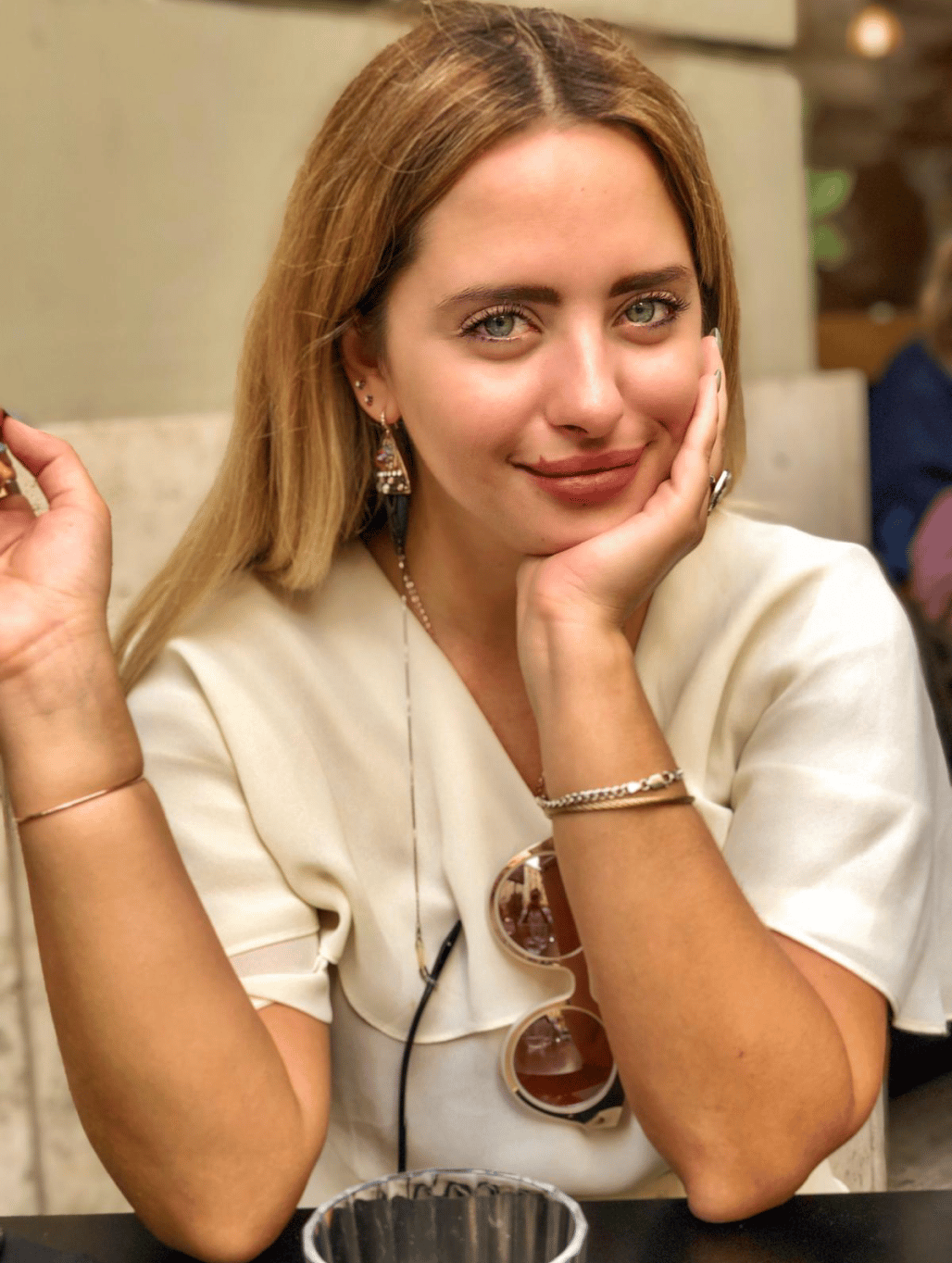

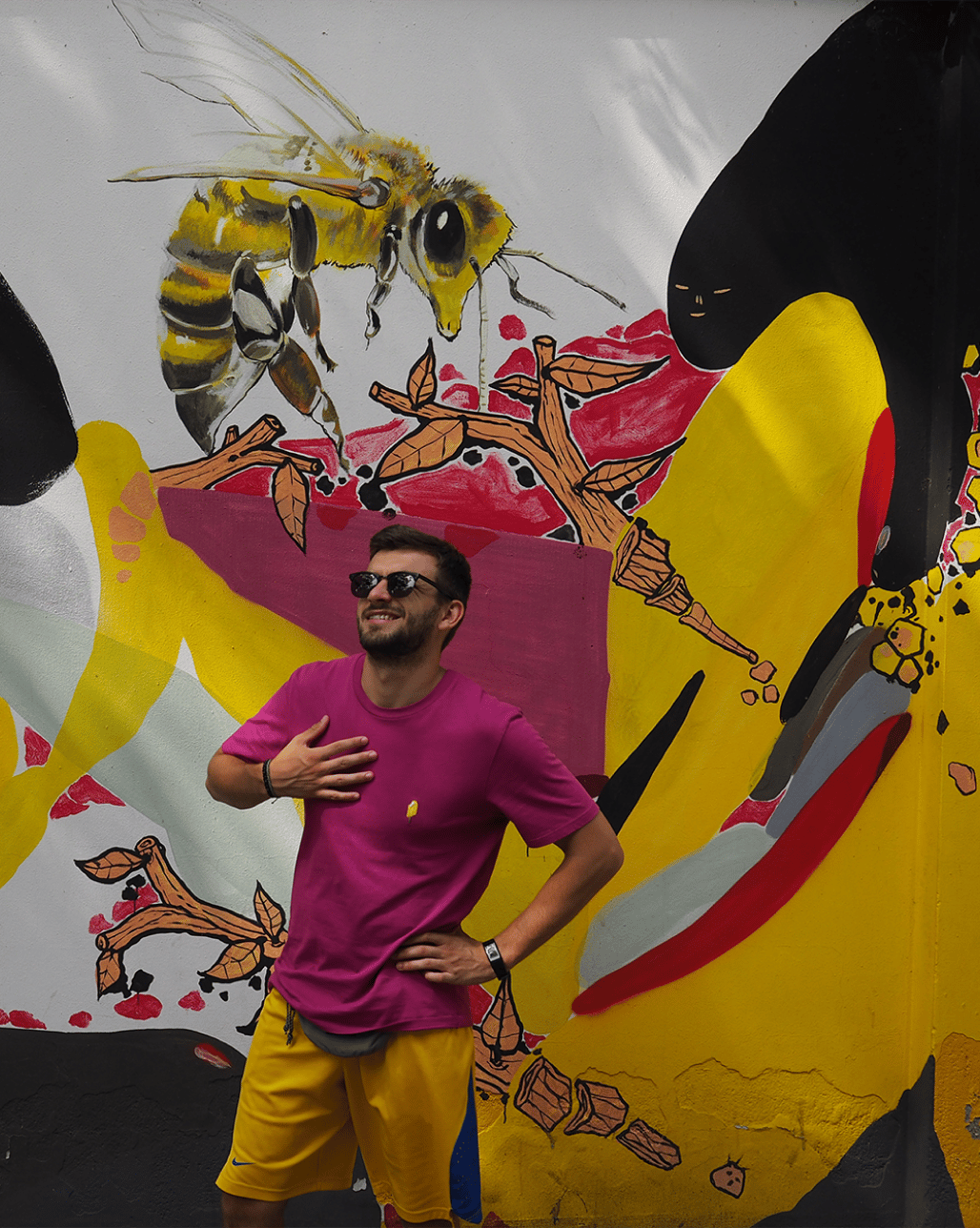
Achievements
6,600+
Users
650+
Local businesses
40,000+
Clicks on businesses
70,000+
Impressions

The combination of values and innovation, in this case, willingness to help and the possibilities of the digital world - that's what HILFMA stands for, and that's what we want to support! It's a wonderful thought that help for grandparents living a hundred kilometers away is just a click away.
Florian Graßmück - UNIQA
